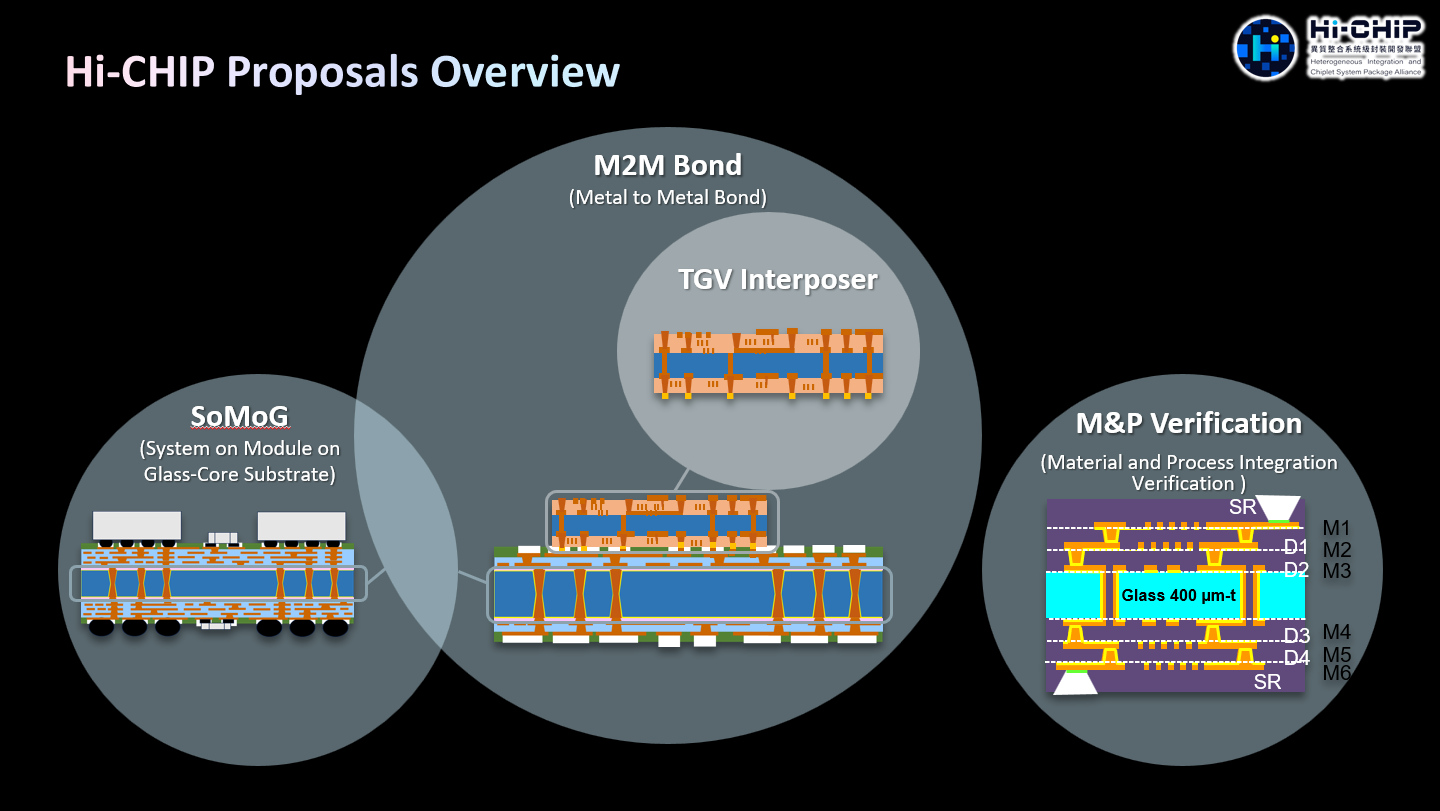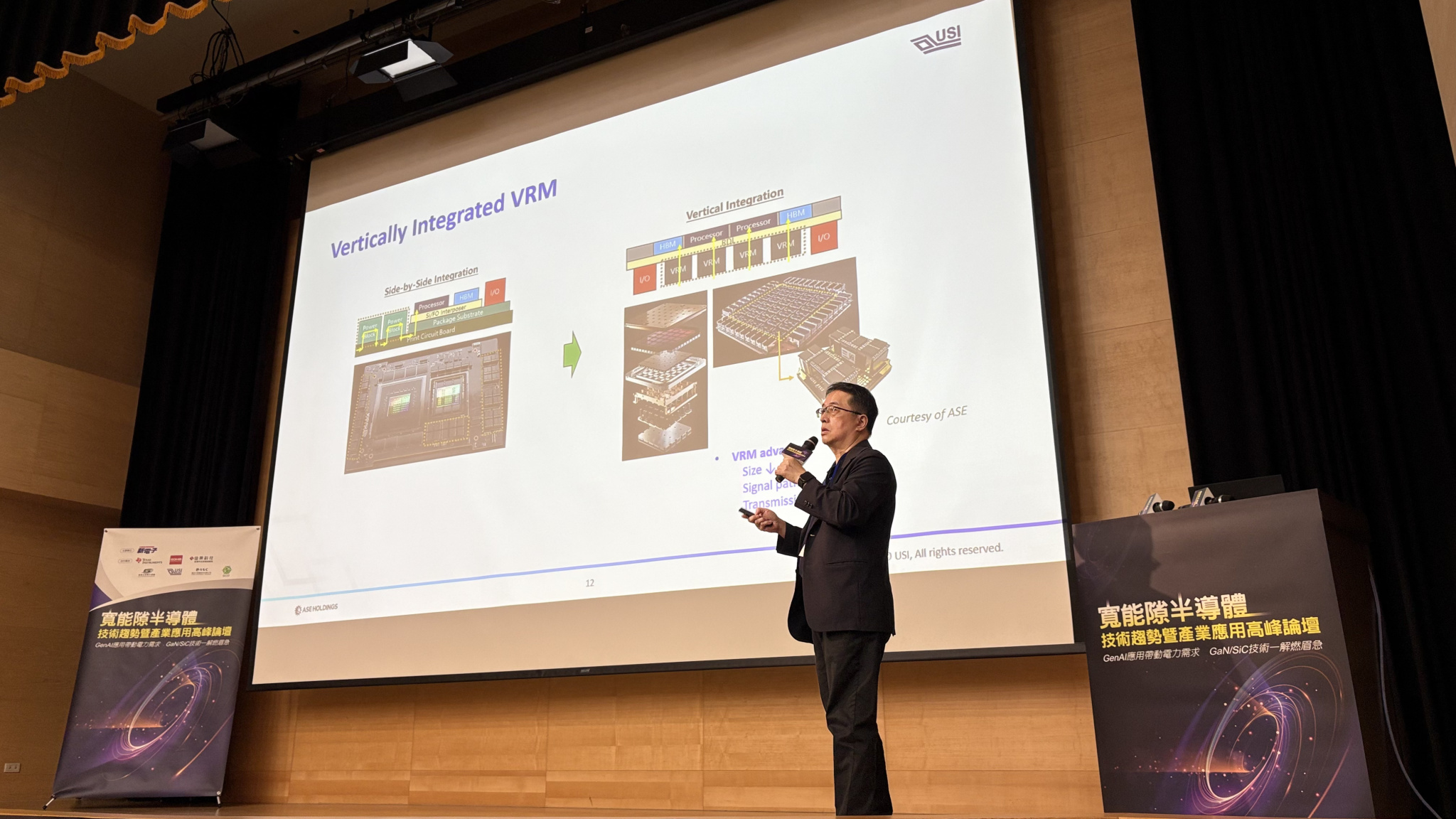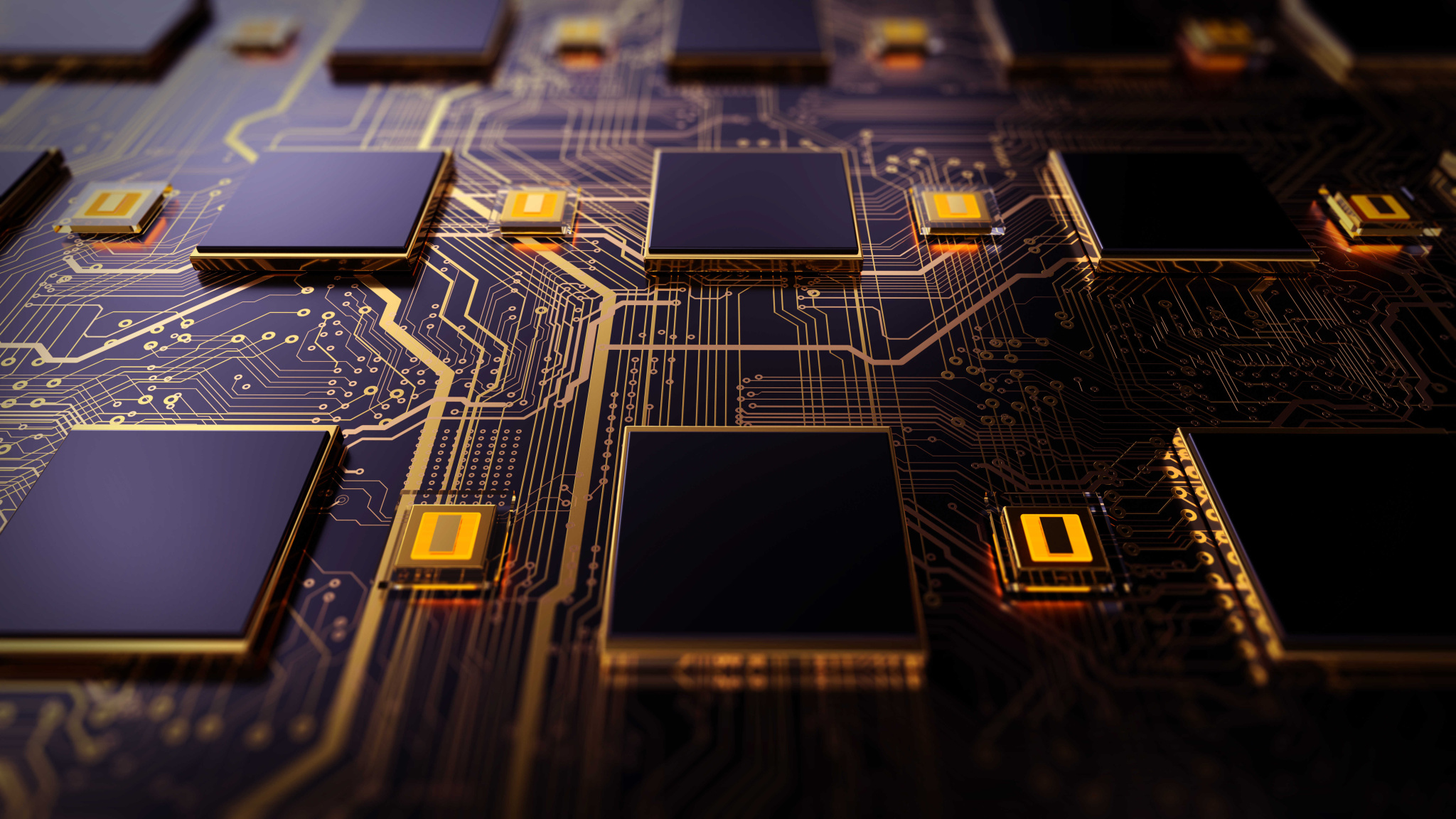Search
- 12/06/2021
Radio Frequency: The Design and capability you should be aware of
RF technology is vastly present around us, from GPS to mobile phones and satellites, etc. It is considerably hard to predict where the industry would be 10 years down the line, but the demand for RF technology isn't slowing down anytime soon. Militaries, private companies, and governments globally are competing to have updated RF innovation.
System developers and designers are probably familiar with the wording “RF Design”, its components, and its capability. But what in the world it is? The RF design is all-inclusive of printed RF elements, integrated circuits, and discrete semiconductors that work together to produce the required functions.
The two types of RF circuits mainly used are Printed RF circuits and Active RF circuits. Printed RF Circuits use copper traces to build circuit components. The arrangement of semiconductors, traces, inductor elements, and capacitors helps take advantage of propagation behavior in the electromagnetic field, which further helps produce the desired electrical behavior.
Active RF circuits can include anything from driven amplifiers to oscillators, transceivers, and ADCs, these elements can be used with and in addition to Printed RF circuits to provide additional functionality.
Development estimation of Radio-Frequency Tech
As per electronicsweekly.com, the 5G packaging market will grow from $0.52 billion in 2020 to $2.6 billion in 2026, with 31% CAGR, reports Yole Developpement, with the mobile market segment reaching about $4.3 billion in 2026, with 24% CAGR. Furthermore, the need to keep the military on the edge is felt more now than ever under such a political uncertainty environment. Thus, globally electronic warfare (EW) is expected to cross $9.3 billion by 2022 itself while there's a demand for advancement in microwave tech and military RF which will increase.
Radio Frequency (RF) field states the forthcoming 5G revolution is one of the biggest changes waiting around the horizon. By 2027 at least, we can expect 5G networks to be running and up for some time, which would boost the consumer's expectations for performance and mobile speed. The higher the number of people embracing smartphones, the higher will be the demand for data, and bandwidth ranges below 6GHZ won't be sufficient for this challenge.
Capabilities of RF Design and its Future
5G networks will play an essential part in perfecting AR and VR, connecting millions of devices we use daily, and speeding up wireless communication. It will provide the much-needed boost to IoT in which multiple sensors, household products, self-driving vehicles, handheld electronics, robotics, wearable devices, and many more will be connected through network speeds that are unimaginable today.
The concept of 5G technology was first brought to the discussion as early as 2010, and it takes 10 years to be widely commercialized as today. By the same token, the 6G study was already initiated in 2017 and some expect it to be ready for market in 2028. Despite many undetermined technical definitions and specifications, one of the common agreements is that next-gen wireless communication will be constructed based on AI technology with hybrid networking consisting of low-orbit satellite, 5G base station, mobile terminals, and indoor WiFi AP to cover every corner on earth through a self-adaptive integration between mobile and fixed wireless connections. In short, 6G will evolve not only in terms of radio frequency standards but also the whole networking structure and even re-defines our lifestyle.
Team up with Experts in RF Design
At USI, our team of RF designers and developers have been involved in the design and development of industrial handheld wireless devices. Industrial-grade wireless products from USI offer better durability and higher reliability which is why we're extra cautious in making schematic designs, selecting components, circuit layouts, and mechanical placement to ensure transmission meets the requirements of products and regulations along with the performance of its wireless reception.
We're experienced in the design and development of WWAN products for 2G, 3G, 4G, and 5G NR (New Radio). Our excellent simulation team can perform antenna, radio frequency, power integrity (PI), and signal integrity (SI) simulations so that the design and development quality can be ensured in the initial stage and meet the quality requirements of our customers.
Moreover, the internal RF R&D center has a wealth of test pieces of equipment, such as mmWave test chamber, WWAN tester, thermal chamber, and 3D OTA anechoic chamber to ensure that products comply with the latest safety and regulatory conditions and certification requirements. Miniaturization of circuits, antennas, and systems is also our main project.
USI fully understands the requirements that drive wireless solutions, and we are here to assist customers in launching highly competitive products for the market. We possess decades of experience in the development of wireless communication solutions and system integration modules. With a recently completed 5G laboratory, customers can count on USI to provide efficient product design and manufacturing services for diversified 5G applications.
Keep up with top trending topic
For the latest innovation technology, application
and industry insight.
Subscribe Our Blog
For the latest innovation technology, application
and industry insight.














